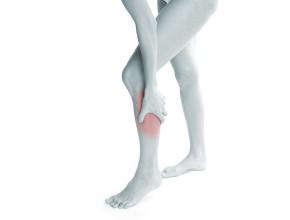Full article
A PDF of the full version of the article, published in Polish Archives of Internal Medicine, can be accessed free of charge here.
Abstract
Direct oral anticoagulants (DOACs) do not require dose adjustment based on laboratory testing. However, it might be necessary to measure their plasma concentrations in the following specific situations:
- Before thrombolytic therapy in patients with stroke.
- Before surgery or invasive procedure.
- In case of adverse events (thrombosis or hemorrhage).
- When immediate reversal of anticoagulation is needed.
- In patients with extreme body weight.
- When administering additional drugs potentially interfering with DOACs.
- When overdosage is suspected regardless of concomitant bleeding.
Basic coagulation tests, such as prothrombin and activated partial thromboplastin time, should not be used as standalone tests to assess the levels of anticoagulation as they are not specific for DOACs and their results are dependent on the type of reagent used for testing. Plasma DOAC concentrations should be assessed by dedicated tests: dilute thrombin time or ecarin tests (for dabigatran) or anti–factor Xa assays (for anti–factor Xa inhibitors). Dedicated tests should be calibrated against their respective plasma calibrators at certified DOAC concentrations and results should be expressed as ng/mL. Caution should be exerted when interpreting the results of the most common hemostatic parameters such as antithrombin, proteins C and S, lupus anticoagulant, or individual coagulation factors, as they may be strongly affected by the presence of a DOAC. Whenever possible, these parameters should be measured 4 to 5 days after discontinuation of DOAC anticoagulation.
 English
English
 Español
Español
 українська
українська







